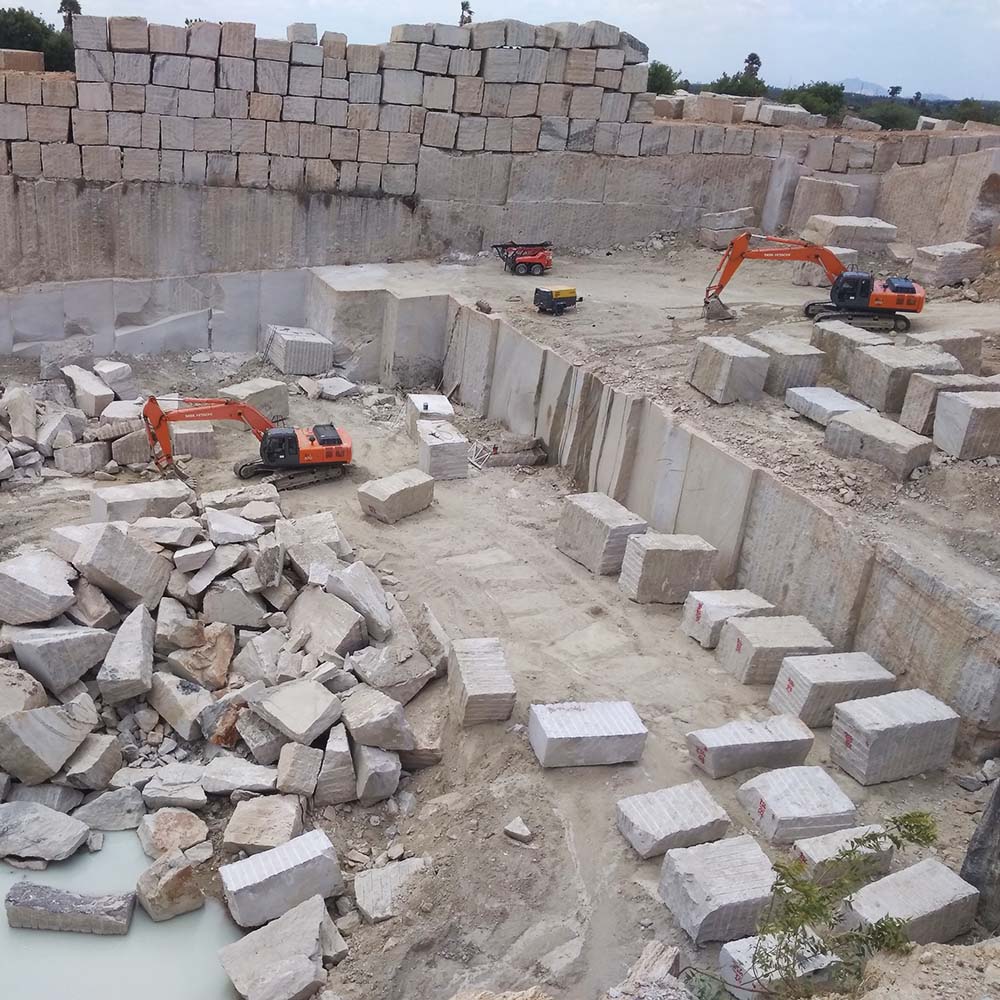Granite Quarries in South Africa Wonders: Exploring the Quarry Landscape
Revealing the Mysteries of Granite Quarrying: Where Toughness and Elegance Meet
The globe of granite quarrying is a realm where the raw stamina of nature converges with human virtuosity to produce structures that stand the test of time with an air of beauty. From the depths of quarries to the careful sprucing up in workshops, the process of transforming granite into building wonders is a complicated dance of practice and advancement. As we peer right into the depths of this ancient craft, we start to discover the concealed complexities that shape the really significance of our constructed atmosphere.
The Beginnings of Granite Quarrying
In the annals of architectural background, the beginnings of granite quarrying are shrouded in a tapestry of old workmanship and geological wonders. Dating back to ancient Egypt and Mesopotamia, the extraction of granite from quarries noted the start of a trip that would eventually result in the development of several of the world's most legendary frameworks.
Granite quarrying's roots can be mapped to the skilled artisans who acknowledged the rock's longevity and visual charm. With a mix of primitive devices and large resolution, these early quarry workers unearthed granite blocks that would come to be the foundation of civilizations.
As civilizations developed, so did the methods of quarrying granite. The Romans, renowned for their engineering prowess, developed advanced techniques for removing granite to build monoliths, holy places, and roadways that stood the test of time.
The tradition of these old quarrying techniques proceeds to shape modern-day style, with granite staying an icon of strength and elegance in construction projects around the world. (granite quarries in south africa)
Devices of the Quarrying Trade
The advancement of granite quarrying methods from old worlds to contemporary times highlights the vital duty played by the devices of the quarrying profession in forming the sector's techniques. In ancient times, quarrying devices were simple, typically including knives, hammers, and wedges made from materials like bronze or iron. These tools required significant manpower and time to remove granite obstructs from quarries.

Furthermore, the intro of pneumatic devices and high-powered equipment has actually significantly decreased the physical labor needed in quarrying procedures, enhancing worker security and performance. As the quarrying market proceeds to innovate, the devices of the trade remain at the center of driving progression and shaping the future of granite removal.
Drawing Out Blocks of Granite
Using precision machinery and progressed strategies, the extraction of granite obstructs from quarries has actually become an advanced process in the modern-day quarrying industry. Regulated blowing up methods are then redirected here used to break apart the granite right into manageable sections.

Polishing and Finishing Strategies
To attain a perfect surface on granite blocks, knowledgeable artisans utilize a series of careful sprucing up and completing strategies. After the initial removal and forming processes, the granite obstructs undergo a detailed polishing stage to enhance their all-natural beauty and toughness.
Along with sprucing up, ending up techniques are used to more refine the granite's look. These strategies may include flaming, sharpening, or brushing, each offering special textures and surfaces to match different aesthetic preferences. Flaming, as an example, entails exposing the granite surface to heats to develop a rough, textured surface, ideal for outside applications where slip-resistance is crucial. Honing, on the other hand, offers a matte surface that is smooth to the touch, best for interior kitchen counters and floor covering. By carefully selecting and applying these polishing and finishing methods, artisans can transform raw granite obstructs right into charming items that display both toughness and style.

Ecological Effect and Sustainability
With the expanding focus on ecological awareness in the sector, granite quarrying practices are significantly inspected for their effect on natural resources and lasting sustainability. Quarrying for granite can have significant environmental ramifications. browse around this web-site The removal procedure usually involves using hefty equipment, dynamites, and huge quantities of water, bring about environment damage, soil erosion, and water air pollution. Furthermore, the transport of granite from quarries to processing facilities creates carbon emissions, additionally adding to environmental deterioration. granite quarries in south africa. useful link
To mitigate these impacts and guarantee sustainability in granite quarrying, market stakeholders are taking on numerous actions. Implementing advanced innovations to minimize power intake and water use, redeeming quarried land for eco-friendly reconstruction, and advertising liable sourcing techniques are some approaches being used. Furthermore, certifications such as the Forest Stewardship Council (FSC) and the Management in Power and Environmental Layout (LEED) aid customers determine eco-friendly granite products.
Conclusion
In conclusion, granite quarrying is a procedure that requires specialized devices and techniques to extract blocks of granite and brighten them to a high level of finish. While the ecological effect of quarrying can be considerable, efforts are being made to enhance sustainability practices in the sector. Generally, granite quarrying is a delicate equilibrium between using the stamina and elegance of this natural rock while lessening its influence on the atmosphere.